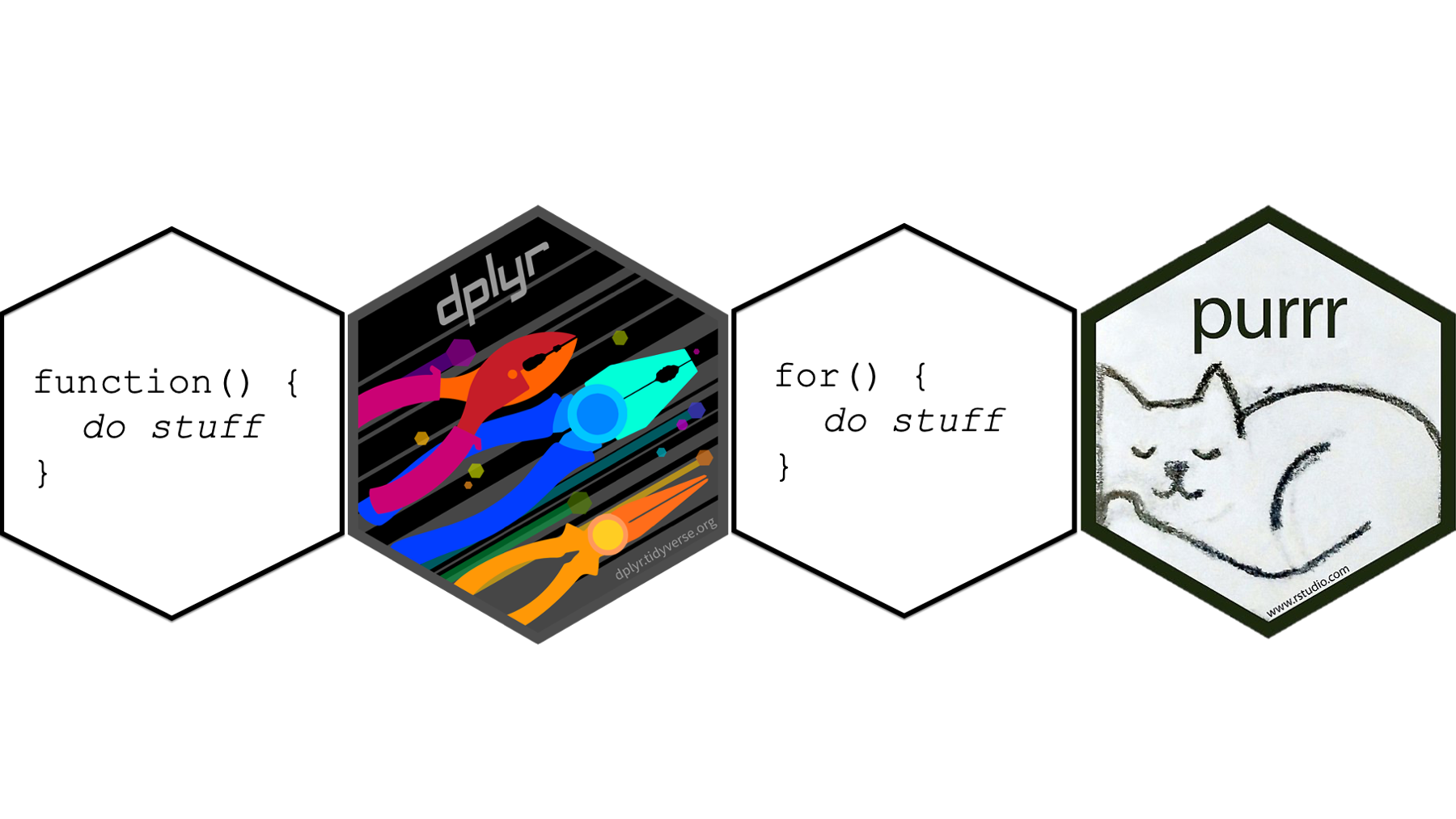

When importing tabular data (CSV, TSV, etc.), rio does not convert strings to factors.So, a CSV that is actually tab-separated will still be correctly read in. For text-delimited file formats, the package uses data.table::fread to automatically determine the file format regardless of the extension.The reader package does something similar for reading certain text formats and R binary files and io offers a set of methods for reading and writing to file formats defined by that package, but rio supports a much broader set of commonly used file types for import and export.

By taking away the need to manually match a file type (which a beginner may not recognize) to a particular import or export function, rio allows almost all common data formats to be read with the same function.
#STAT TRANSFER FOR STATA YAML WINDOWS#
This is the same logic used by Windows OS, for example, in determining what application is associated with a given file type. rio uses the file extension of a file name to determine what kind of file it is.The core advantage of rio is that it makes assumptions that the user is probably willing to make. Luca Braglia has created a Shiny app called rioweb that provides access to the file conversion features of rio.



 0 kommentar(er)
0 kommentar(er)
